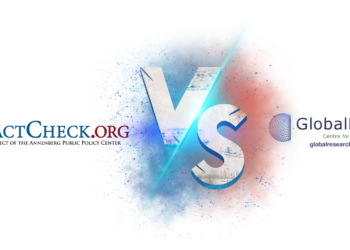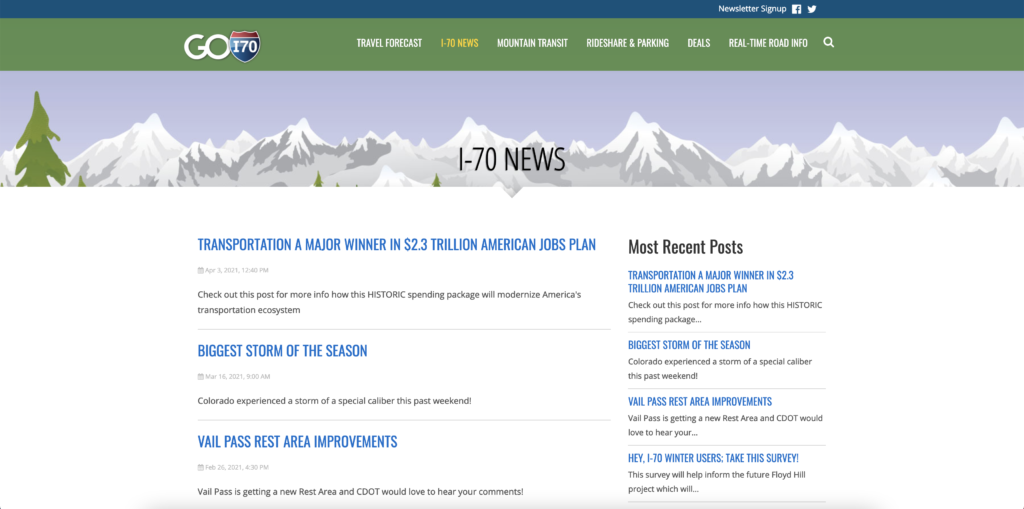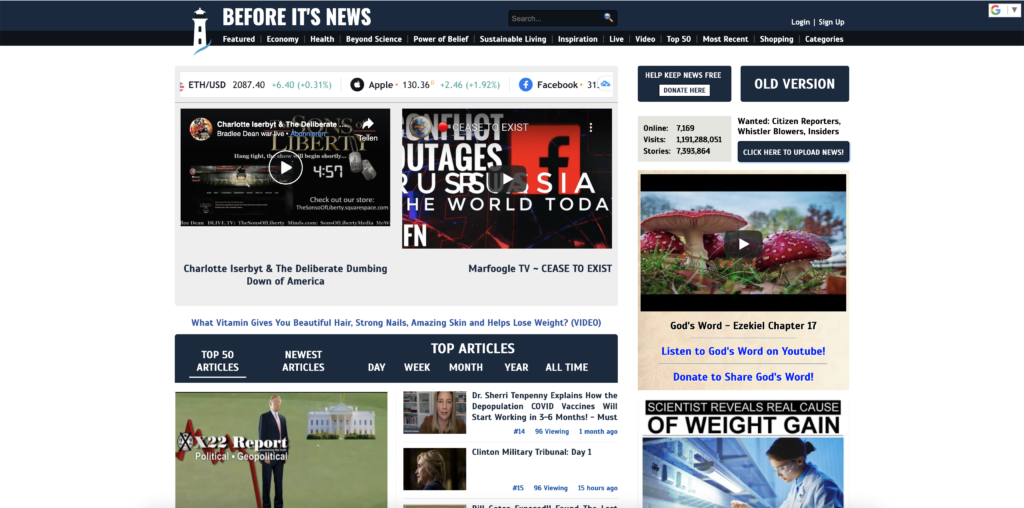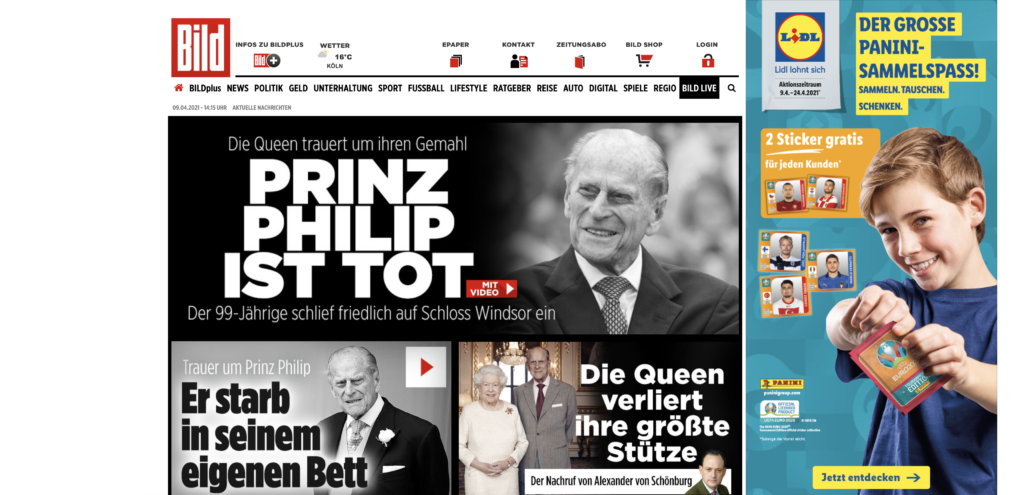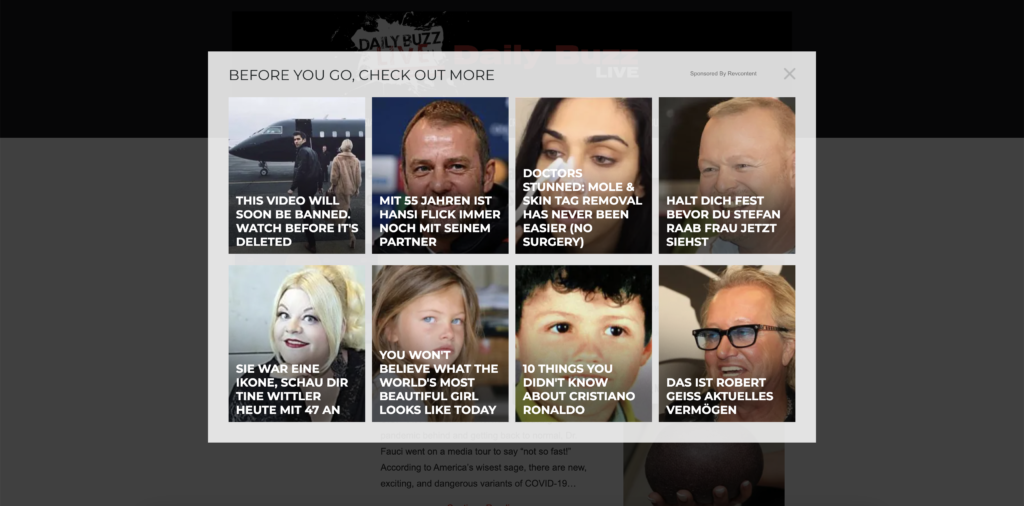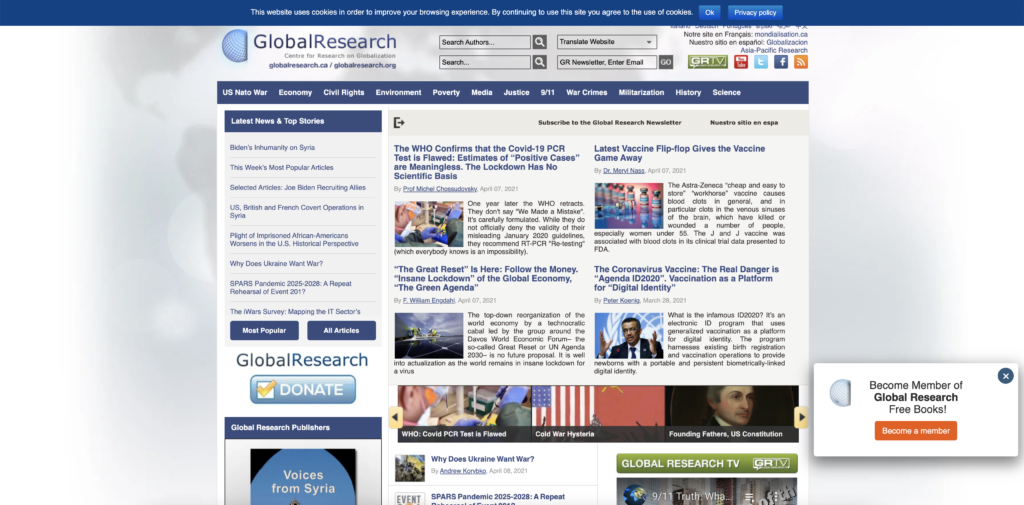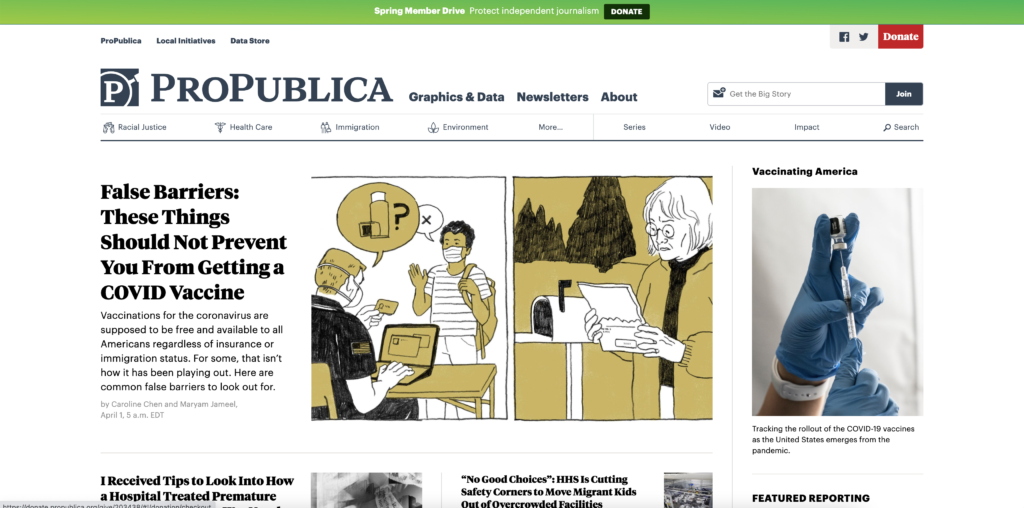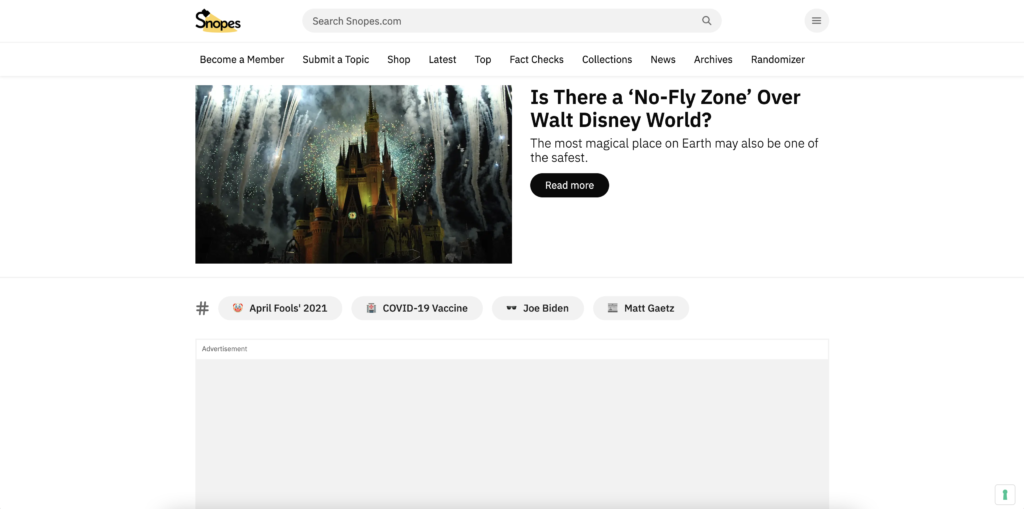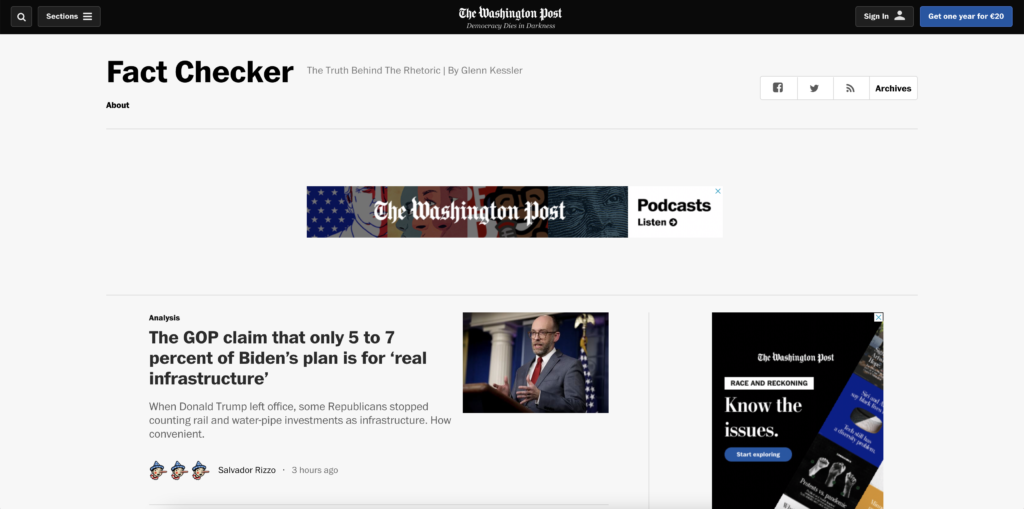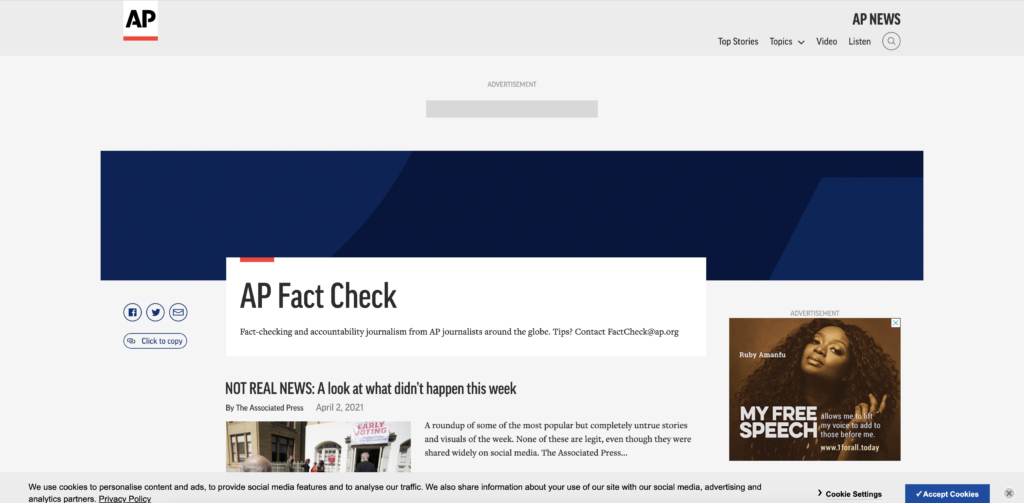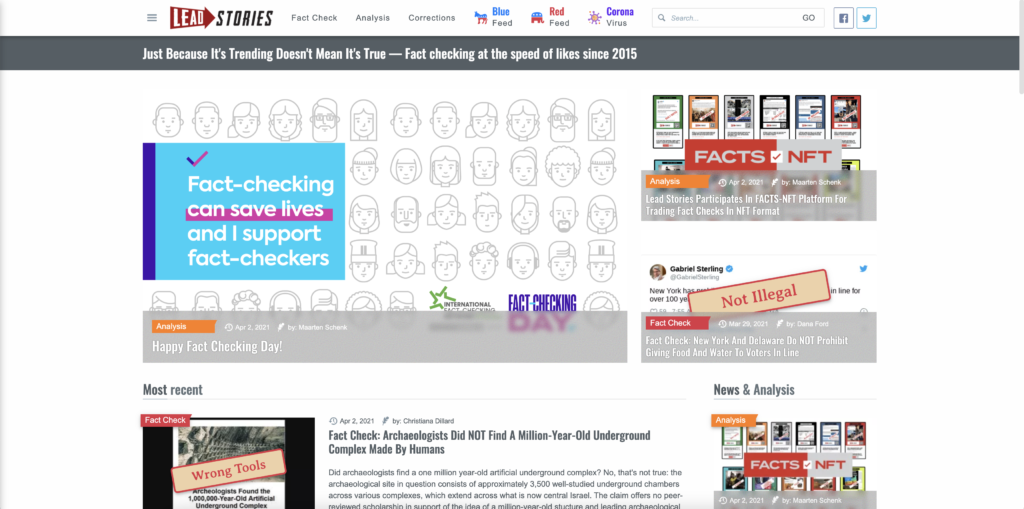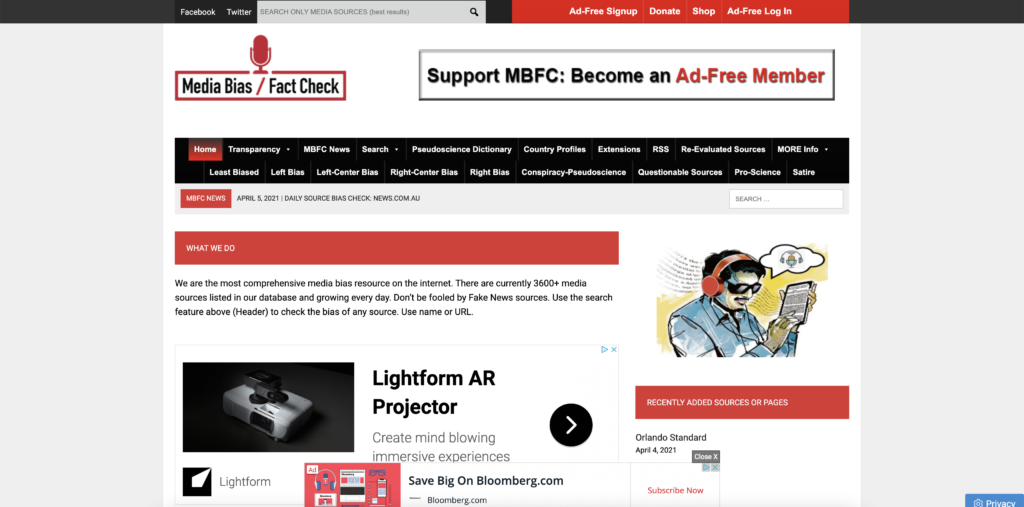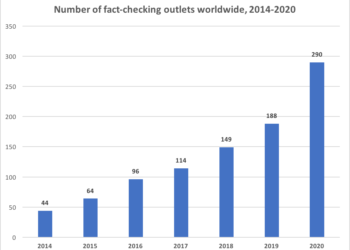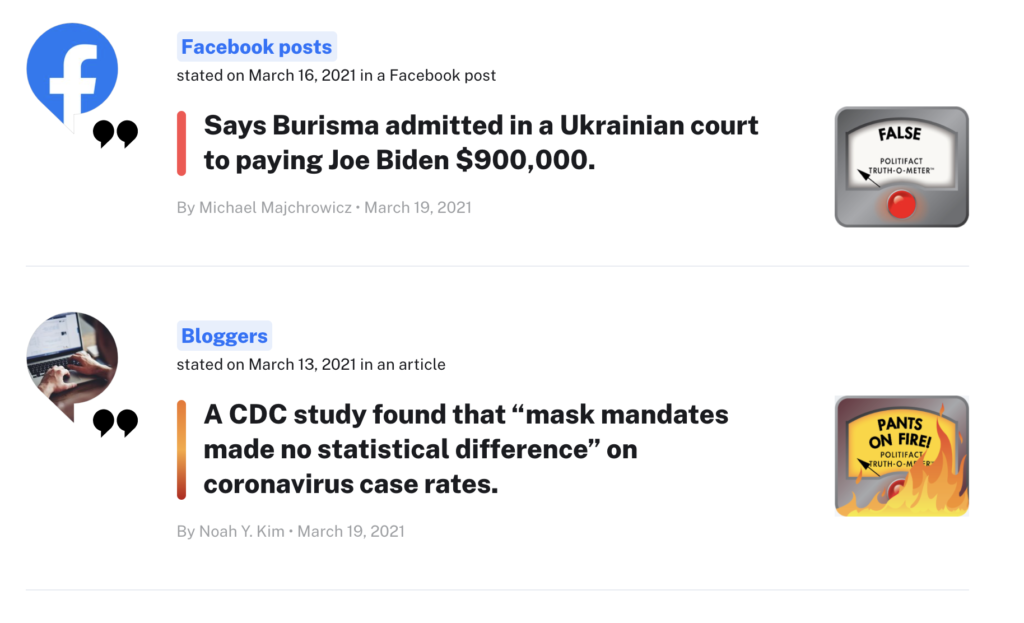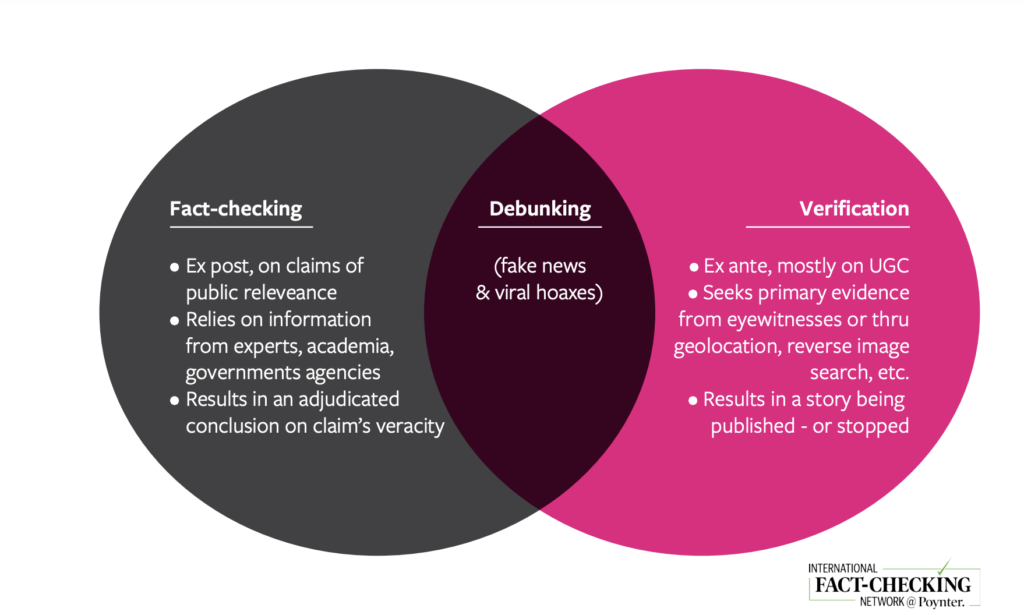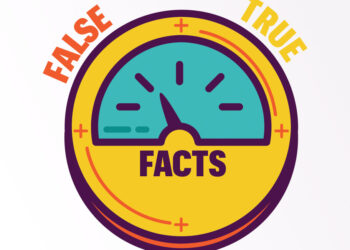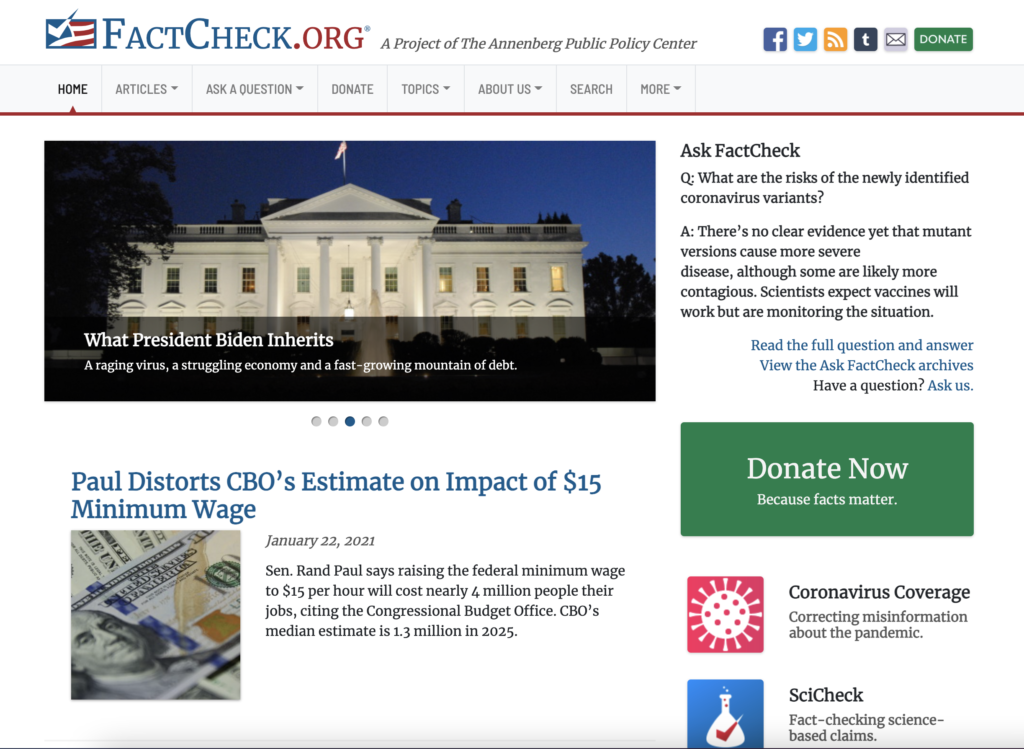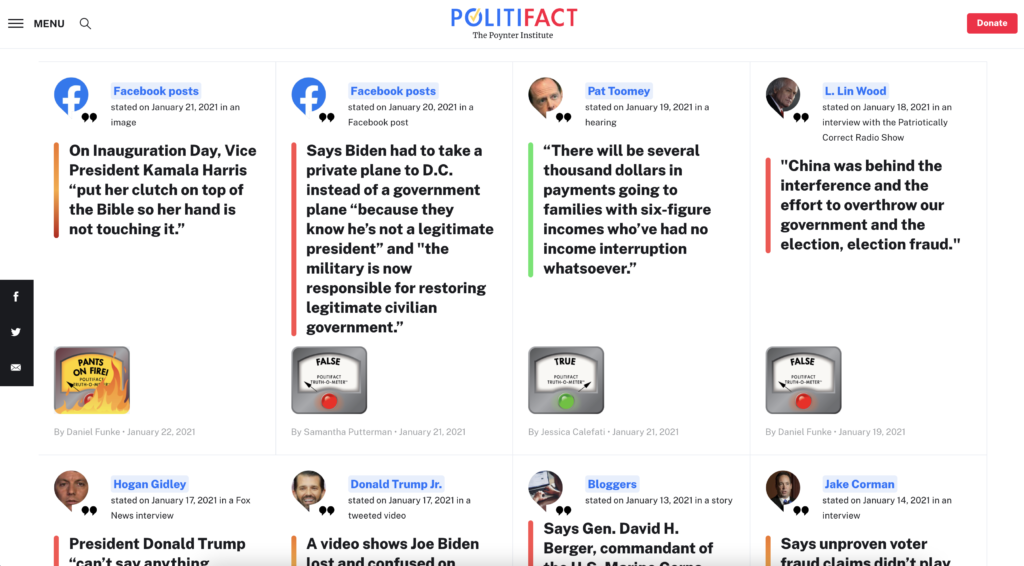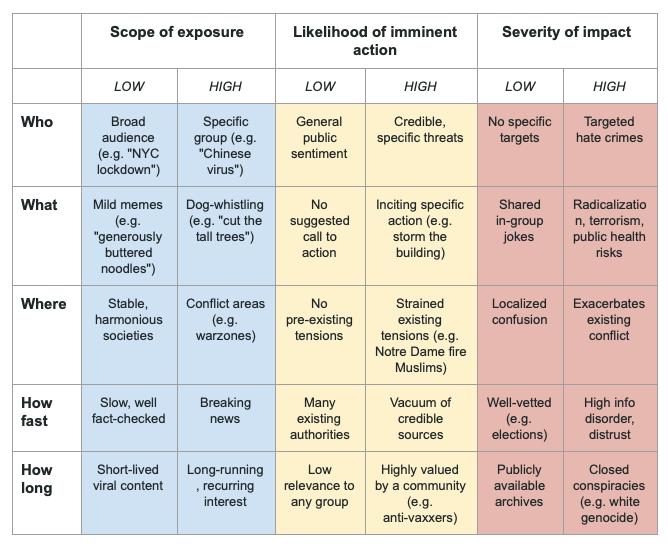Title: How digital Developments impact Brand Uniqueness
Subtitle: A Case Study on Personalization and Brand Equity MASTER THESIS
Supervisor: Univ.-Prof. Dr. Oliver KOLL Department of Strategic Management, Marketing and Tourism
University: The University of Innsbruck School of Management
Author: Philipp JUEN, B.A. Innsbruck, May 2019
This thesis has only some similarities to Janina Schindlers and my thesis, but it was the closest I could find. It was done for a Strategic Management, Marketing and Tourism major, not a design-related discipline.
Level of design
The Master-Thesis has a pretty basic, standard design. It’s just done with Microsoft Word and there was clearly no focus on any further aesthetics needed.
Degree of innovation
Since it is a case study it is more of a representation of the state-of-the-art in the year 2019.
Independence
Philipp Juen wrote his thesis without company support (he was not paid for it or anything) and without any other team members. There was just the support of his family and his supervisor Univ.-Prof. Dr. Oliver KOLL. In addition, it is clearly visible in the work that the author has given his own thoughts to the researched topic and was thus able to present the connections.
Outline and structure
The work is well structured. Nevertheless, there is a major structural ambiguity. In my opinion I think it is better to place the list of tables, list of figures etc. at the end of the thesis and not in the beginning.
Degree of communication
Basically, the level of communication can be classified as good. Clear definitions of terms are given in the right place. This guides the reader well through the topic. However, there are some chapters in which many visual facts are described that could be made easier to understand with the support of pictures or graphics.
Scope of the work
I consider the total length of 93 pages to be appropriate for a master’s thesis. The topics are presented precisely and comprehensively.
Orthography and accuracy
Spelling as well as grammar, sentence structure etc. are in order. There are no serious errors to be found.
Literature
The number of sources used seems appropriate. The ratio of online sources to specialist literature (clear predominance of specialist literature) is also okay. However, the bibliography could be clearer, despite the alphabetical order (e.g. by dividing it into books, journals, etc.).




